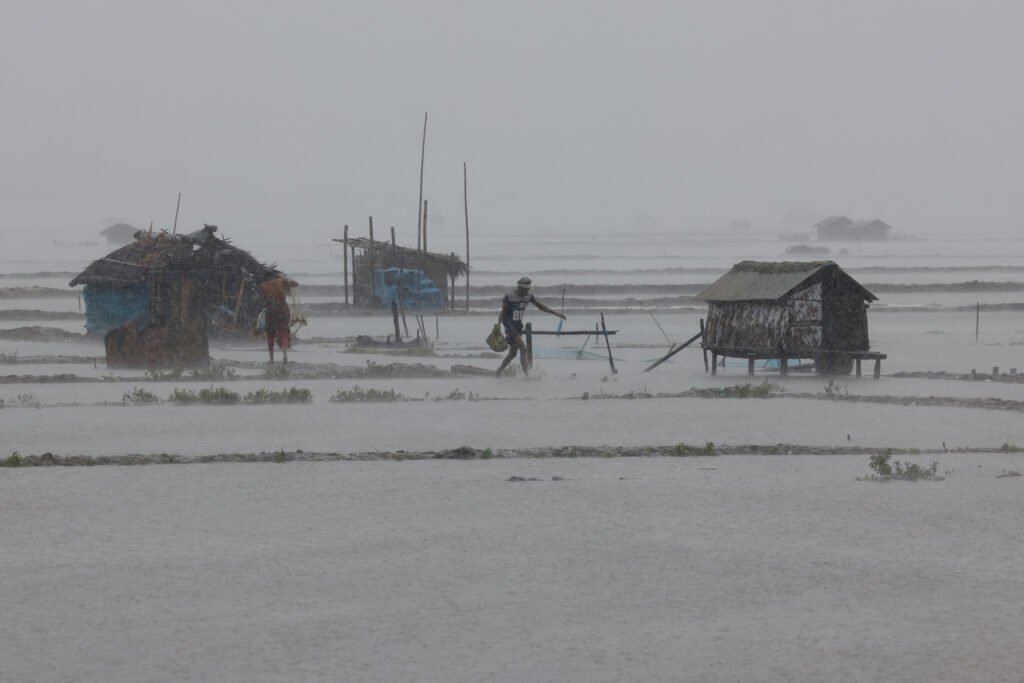
Cyclone Remal’s impact on northeastern India has been devastating, with at least 32 people losing their lives across four states – Mizoram, Assam, Meghalaya, and Nagaland. Landslides, storm-related accidents, and flooding have wreaked havoc, highlighting the region’s vulnerability to natural disasters.
Mizoram bore the brunt of the disaster, with 27 reported deaths due to multiple landslides following heavy rainfall. In Assam, strong winds and rainfall claimed three lives, including that of a college student. Meghalaya and Nagaland also witnessed fatalities and widespread damage to infrastructure and homes.
Massive rescue operations were launched in Mizoram, with forces like the National Disaster Response Force (NDRF), Assam Rifles, and local police mobilized to search for survivors and retrieve bodies. Mizoram’s chief minister announced ex-gratia for the deceased’s families, emphasizing the state’s commitment to handling the crisis.
The cyclone’s aftermath disrupted flight operations at Guwahati’s airport and caused significant road blockages, particularly in Dima Hasao district. Urban flooding in Guwahati and Silchar added to the challenges, leading to the closure of educational institutions and cancellation of exams and classes.
Authorities in Nagaland and Manipur are compiling damage reports as floodwaters inundate low-lying areas and landslides block key roads. The India Meteorological Department (IMD) predicts continued heavy rainfall and thunderstorms in the region, further exacerbating the situation.
States like Tripura have witnessed heavy rainfall but are actively monitoring the situation. The closure of schools and directives to remain vigilant underscore the proactive approach taken by state governments to safeguard lives and mitigate further damage.
Sources By Agencies

